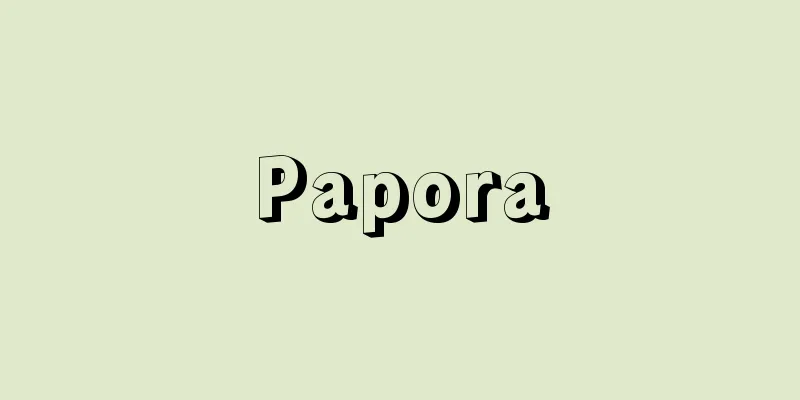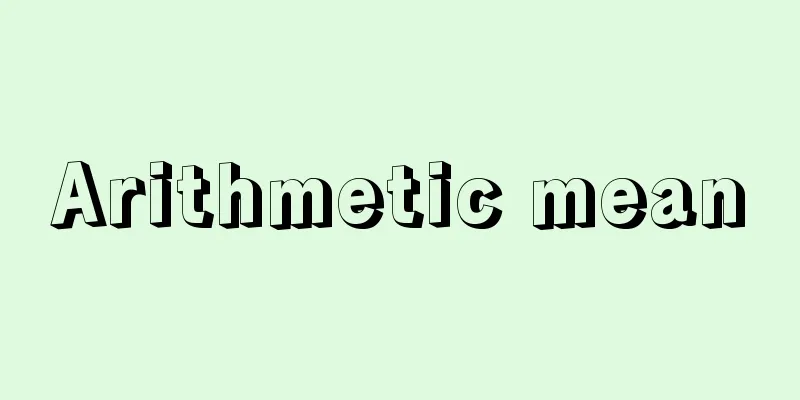Self-restraint - Self-restraint

|
In socialist countries, the public actors in agriculture are state-run or cooperative-type collective farms (except Poland and the former Yugoslavia), and land, farm machinery, livestock sheds, etc. have been socialized in the form of state or collective ownership. However, as a concession to the resistance of farmers during the collectivization process, and as a source of compensation for collective farm work, individual side businesses have been allowed. This latter point is called the "dual source of reproduction of farm labor," and refers to the fact that socialist countries in the accumulation period needed to transfer value from collective farms, and income distribution remained extremely low, so individual farmers relied on side businesses, mainly for their own consumption. The scale of individual side businesses varies from country to country and region, but generally 5 to 10% of the total cultivated land area is permitted, with a maximum of around 0.5 hectares per household, and livestock is regulated by the number of heads, such as one cow. If collective farms are public entities, individual side businesses are private entities. Private land refers to the cultivated land in which the cultivation section of the individual side business is developed, and potatoes, vegetables, fruit trees, flowers, etc. are cultivated. In most cases, it is an attached land (garden, backyard) of the farmer's house, but in addition, part of the public farmland may be divided and used by family units as a private side business plot (even when farms are converted into collective housing). Since it is important to have an equal correspondence between the total area of the private land combined with the family size, there were many cases where the plots were re-allocated every few years according to the change in the number of family members. Private land agriculture was once popular in China, Hungary, etc., and generally had significantly higher land productivity than collective farms. The main laborers were regular members of the collective farm who cultivated in their spare time, as well as retired elderly people and minors. The seasonal peak of crops often overlaps with that of collective farms, and tensions often arise with the work on the socialized fields. On the other hand, collective farms also provide large machinery and feed, so the two systems are mutually complementary. [Hiromasa Nakayama] "Modern Russian Economic Theory" by Hiromasa Nakayama, Akira Uegaki, Manabu Suhara, and Yoshimasa Tsuji (2001, Iwanami Shoten) [References] | |Source: Shogakukan Encyclopedia Nipponica About Encyclopedia Nipponica Information | Legend |
|
社会主義諸国での農業の公的担い手は国営および協同組合型の集団農場で(ただしポーランドと旧ユーゴスラビアとを除く)、土地、農用機械類、畜舎などは、国有ないし集団有の形で社会化されてきた。しかし、集団化の過程での農民の抵抗への譲歩として、またさらに集団農作業の報酬を補う源として、個人副業経営が認められてきた。この後の点は「農家労働力再生産の二重の源泉」といわれるもので、蓄積期の社会主義国家が集団農場からの価値の汲(く)み移しを必要として所得分配分が著しく低いままで推移したため、個々の農家が自家消費分を中心に副業に依存したことをさしている。個人副業の経営規模は国により地域により異なるが、一般には全耕地面積の5~10%を許しており、1戸当りでは0.5ヘクタール前後を上限とし、牛1頭などと家畜は頭数で規制されている。集団農場が公的存在とすれば、個人副業は私的存在である。 自留地とは、この個人副業経営のうち、とくに耕種部門が展開される耕地をさし、ジャガイモ、野菜、果樹、花などが栽培される。多くの場合、それは農家の屋敷内付属地(庭、裏庭)であるが、このほかに、公的圃場(ほじょう)の一部を個人副業用画地として家族単位で分割使用することがある(農家の集合住宅化が進んでいく場合もこうした画地は活用される)。この両者を組み合わせた自留地の総面積と家族規模との均等な対応は重視されるので、数年おきに家族数の変動に応じて、画地の割り替えを行うケースも多かった。中国、ハンガリーなどでも自留地農業は一時盛んで、一般に集団農場より土地生産性は著しく高かった。労働主体は集団農場の正規のメンバーが空き時間で耕すほか、年金生活の老人、未成年者などが主である。耕種作物は季節的ピークが集団農場のそれと重なることが多く、社会化圃場での作業との緊張関係がしばしば発生する。が、他面、集団農場から大機械、飼料の提供を受けるという面もあり、相互補完的でもある。 [中山弘正] 『中山弘正・上垣彰・栖原学・辻義昌著『現代ロシア経済論』(2001・岩波書店)』 [参照項目] | |出典 小学館 日本大百科全書(ニッポニカ)日本大百科全書(ニッポニカ)について 情報 | 凡例 |
Recommend
Catherine [I] - Catherine
The first Russian empress (reigned 1725-1727). The...
Osaka Bill Clearing House
...The organization formed by financial instituti...
Prohibition of Christianity
The Edo Shogunate's religious policy. One of ...
ISO Speed
…The photographic sensitivity of general-purpose ...
Notice - Kokuji
An act of officially informing the public of matt...
Araschnia burejana (reverse eight-toed butterfly)
An insect of the Nymphalidae family of the Lepidop...
Yagyu Clan
A hereditary daimyo of Yamato Province in the Edo ...
Psychology of art
A research field that analyzes the cognitive and e...
Philippeville
...Population: 129,000 (1987). During the French ...
Senecio stapeliformis (English spelling) Seneciostapeliformis
…[Ichiro Sakanashi] [Hiroshi Yuasa]. … *Some of t...
Reverberator
...However, the two terms are often used intercha...
Local Legend Records - Local Legend Records
This is one of the representative local books of ...
Shikanosuke Yamanaka
A military commander in the Sengoku period. A sen...
Orbital index - orbital index
… N is called the normalization constant because ...
Cephonodes hylas (large-winged moth)
An insect of the Lepidoptera family Sphingidae (il...

![Artabanus [IV] - Artabanus](/upload/images/67cf463484d94.webp)







